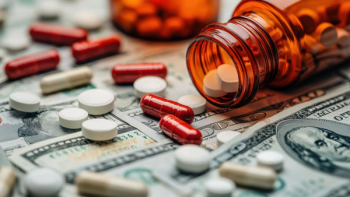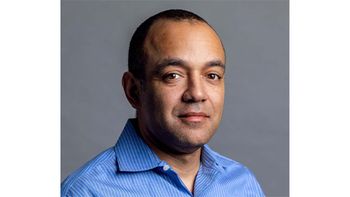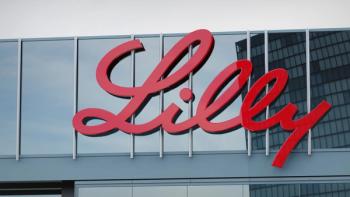
Cardinal Health VP of Emerging Therapies Talks Regulation and Adoption Challenges for Biosimilars
In an interview with Pharma Commerce Editor Nicholas Saraceno, Fran Gregory, PharmD, Vice President of Emerging Therapies, Cardinal Health discusses the growing biosimilars market and the challenges associated with regulation and adoption.
PC: You had previously penned a byline for Pharma Commerce in which you described how the biosimilars market has experienced massive growth, but regulatory and adoption challenges remain. Could you elaborate further on that?
Gregory: Things are moving very quickly in the biosimilars world as they always have been. I think biosimilars are doing very well. Although, I think some could argue that they could be doing better and that’s probably a valid point. However, the biosimilars market has been around for a number of years now. It's not brand new to us anymore. Most providers and even patients now know and understand what biosimilars are and the value of them to the healthcare system and patients.
When you look at the market overall, you see some good numbers. I was actually just looking at market share numbers this morning in preparation for this discussion, and the numbers are better than ever.
A few of the categories that I just want to highlight, and some of the numbers that we're seeing when you look at neupogen, ritoxin, avastin, and herceptin, those are the main stain mainstay biosimilars that have been on the market for a while. They’re anywhere up to and above 90% market share on the biosimilar side now. Neupogen is over 90%, ritoxin is almost 80%, avastin is almost 90%, and herceptin is over 70%. You can’t argue that those are pretty good numbers.
There are some areas that are struggling a little bit though. Epigene and insulins are examples of where biosimilars maybe aren't doing as well as what some of these manufacturers might have hoped. Looking more to the present and future, we're kind of moving away from that medical benefit and into the pharmacy benefit biosimilars with the most recent being adalimumab or Humira biosimilars. We’re seeing some really interesting movement on those just over the last month or so. Overall, I think we're doing really well, and we're seeing some significant savings. Those are being passed onto patients There are some dynamics there that we can debate, but overall, a very positive savings story as well.
I had mentioned in my previous article, there are still some challenges. Everything’s not perfect. We could have 100% biosimilar adoption across all categories, but we don't. If you look at the adoption challenges, I think there are a few that remain. What I mean by that is things that are administered in a physician's office and things that are administered by the patient. If you think about what the drivers are and adoption in those two spaces, they're different. On the medical benefit, we really see the drivers really being reimbursement dynamics. Physician offices have to stay financially whole. Sometimes biosimilars don't necessarily align with financial incentives that physicians’ offices or healthcare systems are seeing. Sometimes, they are very well aligned, where we see huge uptake and adoption. But other times, they aren’t. So, there can be some dynamics that are challenging.
On the pharmacy benefit side, where we're talking about more these neuro biosimilars in the adalimumab space, this is really payer and PBM formulary decision making processes. The formulary preferences can either drive very successful adoption or inhibit it. So really, depending on what that payer or PBM formulary kind of incentivizes, that will absolutely drive uptake. Again, we’ve seen that very clearly in the last month or so, with that of the amount by a similar uptake. Not all of them are perfect. There are some misalignments between some of the incentives that we would like to see versus what is real in the industry today.
On the regulatory side, we still have the debate with interchangeability. We're seeing a lot of action in politics with the interchangeability designation and even attempted change in legislation to remove the interchangeability designation. None of those are successful to date. I always say interchangeability is a regulatory designation. It is not a clinical thing. It's a regulatory thing that only exists in the United States. It does tend to cause a little more confusion than what is necessary around biosimilars and their ability to be exchanged or interchanged for a reference product.
Newsletter
Stay ahead in the life sciences industry with Pharmaceutical Commerce, the latest news, trends, and strategies in drug distribution, commercialization, and market access.





